Can You Cut Monstera Aerial Roots? Key Considerations
Introduction
Monstera, often known as the Swiss Cheese Plant, is a popular houseplant that has captivated plant enthusiasts with its large, fenestrated leaves and unique growth patterns. As these plants mature, they develop aerial roots, which can intrigue or even concern their owners. A common question arises: Can you cut Monstera aerial roots? This article delves into the intricacies of Monstera aerial roots, their function, and the implications of cutting them. By the end, you’ll have a well-rounded understanding of how to handle these intriguing plant features.
Understanding Monstera Aerial Roots
What Are Aerial Roots?
Aerial roots are roots that grow above the ground, as opposed to typical underground roots. In the case of Monstera, these roots emerge from the plant’s stem and can vary in thickness and length. Their primary function in nature is to help the plant climb and anchor itself to trees or other surfaces in its natural tropical habitat. They also assist in absorbing moisture and nutrients from the air and surrounding environment.
The Role of Aerial Roots in Monstera
In their native environments, Monstera plants are epiphytic, meaning they often grow on other plants rather than in soil. Aerial roots play a crucial role in this growth habit. They help the Monstera anchor itself to tree trunks and branches, allowing it to climb towards light, which is vital for its survival in the dense, shaded understories of rainforests.
Moreover, these roots can absorb water and nutrients from the humid air, moss, and organic debris that may accumulate on the surfaces they cling to. This adaptation allows Monstera plants to thrive in conditions where soil might not be readily available or where they need to grow upward to reach light.
Monstera plants are incredibly adaptive, and this is evident in how their aerial roots function. These roots are not merely structural appendages; they are active participants in the plant’s quest for survival and growth. In their native tropical environments, Monstera plants face stiff competition for light and nutrients. Their aerial roots provide them with a unique advantage, enabling them to climb toward light sources and anchor themselves securely to various surfaces, thereby maximizing their chances of survival.
Aesthetic and Practical Considerations of Cutting Monstera Aerial Roots
For houseplant enthusiasts, the appearance of aerial roots can be a point of both fascination and frustration. While some appreciate the wild, jungle-like aesthetic that these roots contribute to, others may find them unruly or unsightly, particularly when they grow long and start to trail out of the pot or along walls and furniture.
In addition to aesthetic concerns, there are practical considerations. Aerial roots can sometimes become a tripping hazard or get entangled with other objects. In some cases, they may even damage surfaces if they attempt to anchor themselves to walls or furniture.
Aerial roots can also affect the overall aesthetic and functionality of the space where the Monstera is placed. For instance, in a modern, minimalist setting, the sprawling nature of aerial roots might clash with the clean lines and open spaces that define such interiors. On the other hand, in a more eclectic or nature-inspired setting, these roots might add to the overall ambiance, creating a sense of being in a tropical jungle.
Moreover, the practical implications of aerial roots extend to the care and maintenance of the plant. These roots, if left unchecked, can grow quite long and may require frequent pruning or management to ensure they do not interfere with the plant’s surroundings. Understanding how to manage these roots is crucial for any Monstera owner who wishes to keep their plant healthy and aesthetically pleasing.
Should You Cut Monstera Aerial Roots?
Is Cutting Aerial Roots Harmful to the Plant?
One of the most common concerns among plant owners is whether cutting aerial roots will harm the Monstera. The short answer is that cutting aerial roots will not harm the plant if done correctly. Monstera plants are resilient and can tolerate pruning, including the removal of aerial roots.
However, it is essential to understand that while cutting these roots won’t kill the plant, it does remove one of its natural mechanisms for climbing and securing itself. If you are growing your Monstera as a climbing plant, removing too many aerial roots could limit its ability to attach itself to a support structure, which could affect its growth habit.
Monstera plants have a remarkable ability to adapt to changes in their environment, and this includes being pruned. Cutting aerial roots, when done correctly, does not cause significant harm to the plant. However, it’s important to recognize that aerial roots serve a purpose, and their removal should be considered carefully. In nature, these roots play a crucial role in helping the Monstera anchor itself to surfaces and absorb moisture from the air. While your Monstera can certainly survive without these roots, removing them may impact its growth pattern, particularly if it is a climbing variety.
When and Why You Might Want to Cut Them
There are several scenarios where cutting Monstera aerial roots might be beneficial or necessary:
- Aesthetic Preference: If you prefer a neater appearance or if the aerial roots are growing in a way that you find unattractive, trimming them can help maintain the desired look of your plant.
- Space and Mobility: In smaller living spaces, long aerial roots can become cumbersome, especially if they start to trail out of the pot. Trimming them can help manage the plant’s size and make it easier to move.
- Preventing Damage: If the aerial roots are beginning to attach themselves to walls, furniture, or other structures, cutting them may be necessary to prevent potential damage.
- Improving Access to Light and Airflow: In some cases, trimming aerial roots can improve access to light and airflow around the plant, which can contribute to healthier growth.
Situations Where You Might Avoid Cutting Them
Conversely, there are situations where you might choose to leave aerial roots intact:
- Supporting Growth: If your Monstera is climbing a moss pole or trellis, the aerial roots can help secure the plant to the support structure, promoting vertical growth.
- Propagation: In some cases, aerial roots can be beneficial for propagation. When taking cuttings, having a node with an aerial root can improve the chances of successful rooting in water or soil.
- Aesthetic Value: Some plant owners appreciate the natural, wild look that aerial roots contribute to. Leaving them intact can enhance the plant’s overall appearance and give it a more authentic, jungle-like aesthetic.
In some cases, the decision to leave aerial roots intact might be driven by a desire to replicate the plant’s natural environment as closely as possible. For those who enjoy creating a home jungle or a naturalistic plant display, allowing the aerial roots to grow freely can add to the overall aesthetic and authenticity of the setting.
Additionally, aerial roots can play a role in the overall health and vitality of the plant, particularly in environments with higher humidity. These roots can absorb moisture from the air, which can be beneficial in maintaining the plant’s hydration, especially during dry periods. Therefore, in some cases, it might be more advantageous to leave the roots intact rather than cutting them.
How to Cut Monstera Aerial Roots
Tools You’ll Need
Before you begin cutting Monstera aerial roots, it’s essential to gather the right tools. The tools you’ll need include:
- Sharp Pruning Shears: A pair of clean, sharp pruning shears is essential for making precise cuts without damaging the plant tissue.
- Disinfectant: It’s important to disinfect your shears before and after cutting to prevent the spread of diseases. Rubbing alcohol or a bleach solution works well for this purpose.
- Optional: Moss Pole or Trellis: If you’re cutting aerial roots to encourage climbing, you might want to provide a support structure for the plant to attach to.
Step-by-Step Guide to Cutting Aerial Roots
Cutting Monstera aerial roots is a straightforward process, but it’s important to do it correctly to avoid harming the plant. Here’s a step-by-step guide:
- Inspect the Aerial Roots: Before you start cutting, take a close look at the aerial roots. Determine which roots you want to remove and which ones you might want to keep, especially if they are helping the plant climb or are close to a node.
- Disinfect Your Shears: Using rubbing alcohol or a bleach solution, disinfect your pruning shears. This step is crucial to prevent the introduction of pathogens that could harm your Monstera.
- Make Clean Cuts: Position your shears where the aerial root meets the stem and make a clean, straight cut. Avoid cutting too close to the stem to prevent damage to the main plant structure.
- Dispose of the Roots: After cutting, dispose of the aerial roots. You can compost them or simply throw them away.
- Observe the Plant: After trimming, monitor your Monstera for any signs of stress or infection. While cutting aerial roots is generally safe, it’s always a good idea to keep an eye on the plant’s overall health.
Cutting aerial roots is a relatively simple process, but it’s one that requires care and attention to detail. By following the steps outlined above, you can ensure that your Monstera remains healthy and continues to thrive, even after the roots have been trimmed. It’s also important to remember that Monstera plants are resilient and can recover from pruning quickly, so don’t be afraid to trim the roots if necessary.
Alternatives to Cutting
If you’re hesitant to cut the aerial roots, there are alternatives you can consider:
- Training the Roots: Instead of cutting, you can train the aerial roots to grow along a support structure like a moss pole or trellis. This method allows the plant to retain its natural climbing habit while keeping the roots under control.
- Repositioning the Plant: Sometimes, simply repositioning your Monstera in a way that allows the aerial roots to grow in a more desirable direction can solve the issue without the need for cutting.
- Tucking the Roots: If the aerial roots are growing in a way that you find unsightly but don’t want to remove them entirely, you can gently tuck them back into the pot or around the base of the plant. This method hides the roots without cutting them.
Exploring More Naturalistic Approaches
For those who prefer a more naturalistic approach, training or repositioning aerial roots can offer a solution that aligns with the plant’s natural growth patterns. By guiding the roots along a moss pole or similar structure, you can encourage your Monstera to grow in a way that is both aesthetically pleasing and true to its natural behavior. This approach allows you to maintain the integrity of the plant’s natural growth while still managing the impact of the aerial roots on your living space.
Tucking the roots back into the pot or around the base of the plant can also be a subtle yet effective way to manage their appearance. This method is particularly useful for those who wish to keep the plant’s natural characteristics intact while avoiding the more drastic step of cutting the roots. By gently tucking the roots away, you can keep them out of sight while still allowing the plant to benefit from their presence.
Long-Term Care After Cutting Aerial Roots
Monitoring Plant Health
After cutting aerial roots, it’s important to keep an eye on your Monstera’s overall health. In most cases, the plant will continue to thrive without issue, but occasional monitoring can help you catch any potential problems early.
Regular monitoring is crucial to ensure that your Monstera remains healthy after pruning. While cutting aerial roots is generally safe, it’s always a good idea to keep an eye on the plant for any signs of stress or infection. Symptoms such as wilting, yellowing leaves, or a lack of new growth could indicate that the plant is struggling to adapt to the changes.
Encouraging New Growth
If your Monstera is not growing as vigorously after cutting aerial roots, consider adjusting its care routine to encourage new growth. This might include providing additional light, ensuring the plant is in a well-draining soil mix, and maintaining a consistent watering schedule.
After pruning, your Monstera may benefit from a slight adjustment in its care routine. Providing the plant with optimal conditions, such as sufficient light and humidity, can help encourage new growth and ensure that it continues to thrive. Additionally, ensuring that the soil remains well-draining and not overly saturated will help prevent root rot and other issues that could impede the plant’s recovery.
Supporting Climbing Habits
If you’re encouraging your Monstera to climb, ensure that the plant has adequate support. This might involve installing a moss pole, trellis, or other support structure. As the plant grows, gently guide the aerial roots to attach to the support, which will help it climb more effectively.
Supporting your Monstera’s climbing habits is essential for maintaining its natural growth pattern, especially after pruning. By providing a sturdy support structure, such as a moss pole or trellis, you can help the plant continue to grow upwards and remain healthy. Regularly guiding the aerial roots towards the support will encourage the plant to attach itself naturally, allowing it to climb more effectively.
Common Myths and Misconceptions About Monstera Aerial Roots
Myth: Cutting Aerial Roots Will Stunt Growth
One common myth is that cutting aerial roots will stunt the growth of a Monstera. In reality, while aerial roots play a role in the plant’s climbing and nutrient absorption, cutting them does not significantly impact the plant’s overall growth. Monstera plants are adaptable and can continue to grow and thrive even without aerial roots.
This myth likely stems from a misunderstanding of the role that aerial roots play in a Monstera’s growth. While these roots are important for the plant’s climbing abilities, they are not essential for its overall health. Monstera plants are remarkably resilient, and cutting aerial roots will not cause the plant to stop growing or lead to stunted growth. In fact, with proper care, your Monstera can continue to thrive even after the roots have been trimmed.
Myth: Aerial Roots Should Never Be Cut
Another misconception is that aerial roots should never be cut. While it’s true that these roots serve important functions, they are not vital to the plant’s survival in a home environment. Cutting them for aesthetic reasons or to manage space is perfectly acceptable and won’t harm the plant if done properly.
This myth likely arises from the belief that all parts of a plant are necessary for its survival. However, in a home environment, Monstera plants do not rely on aerial roots to the same extent that they would in their natural habitat. As such, cutting these roots is a matter of personal preference and practicality, and doing so will not harm the plant if done correctly.
Myth: Aerial Roots Will Cause Damage to Surfaces
Some people worry that aerial roots will damage walls, furniture, or other surfaces. While it’s possible for aerial roots to attach themselves to surfaces, they generally do not cause significant damage. However, if you’re concerned about this, trimming or redirecting the roots can help prevent any potential issues.
The idea that aerial roots can cause significant damage to surfaces is another common misconception. While it’s true that these roots can attach themselves to walls or furniture, they are unlikely to cause severe damage. However, if you’re concerned about this, trimming the roots or guiding them away from surfaces is a simple and effective solution.
Frequently Asked Questions
Can I Propagate Monstera Using Aerial Roots?
Yes, you can use aerial roots in Monstera propagation. When taking a cutting for propagation, it’s beneficial to include a node with an aerial root, as this can help the cutting establish roots more quickly when placed in water or soil.
Propagation is an exciting way to expand your Monstera collection, and aerial roots can play a helpful role in this process. By including a node with an aerial root in your cutting, you can increase the chances of successful propagation, as these roots can help the cutting establish itself more quickly.
Will My Monstera Grow More Aerial Roots After Cutting?
It’s possible that your Monstera will grow new aerial roots after you’ve cut the existing ones. The plant may continue to produce these roots as it grows and seeks new opportunities to climb and absorb moisture. If new aerial roots emerge, you can choose to trim them again or train them to grow in a specific direction.
Monstera plants are known for their vigorous growth, and it’s not uncommon for new aerial roots to emerge after pruning. If this happens, you can simply trim the new roots or guide them to grow along a support structure, depending on your preference.
How Can I Encourage My Monstera to Climb?
If you want your Monstera to climb, providing a support structure like a moss pole or trellis is key. You can encourage the plant to climb by gently guiding the aerial roots and vines towards the support. Over time, the plant will naturally attach itself to the structure and begin to grow vertically.
Encouraging your Monstera to climb is a great way to promote healthy growth and create a striking visual display. By providing a sturdy support structure and regularly guiding the aerial roots, you can help your plant grow vertically and achieve its full potential.
Can I Bury Aerial Roots in the Soil?
Yes, you can bury aerial roots in the soil if you prefer. This can help the plant absorb additional nutrients and moisture. However, it’s not necessary for the plant’s health, and some owners prefer to keep the roots above ground for aesthetic reasons.
Burying aerial roots in the soil is an option for those who prefer a more traditional look for their Monstera. This can also help the plant absorb additional nutrients and moisture, but it’s not required for the plant’s health. Whether to bury the roots or leave them above ground is ultimately a matter of personal preference.
Conclusion: To Cut or Not to Cut?
Deciding whether to cut Monstera aerial roots ultimately comes down to personal preference and the specific circumstances of your plant. When considering the question, “Can You Cut Monstera Aerial Roots?” it’s important to recognize that these roots are an integral part of the Monstera’s natural growth habit, but they are not essential for the plant’s survival in a home environment.
If you choose to cut them, rest assured that your Monstera will continue to thrive as long as you provide proper care. On the other hand, if you prefer to leave them intact, you can find ways to incorporate them into your plant’s aesthetic and care routine.
In the end, whether you cut, train, or simply admire your Monstera’s aerial roots, the most important thing is to enjoy the unique beauty and growth patterns of this beloved houseplant.



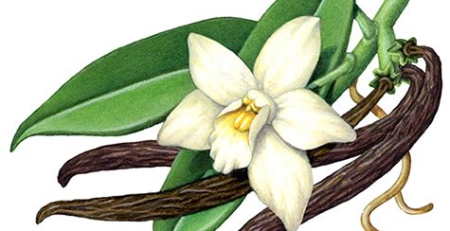
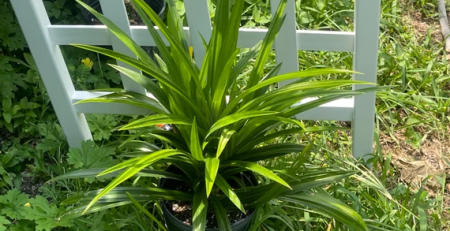
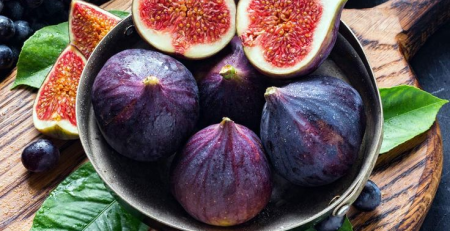
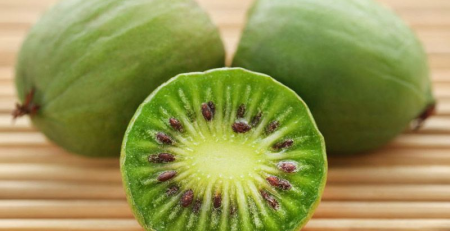
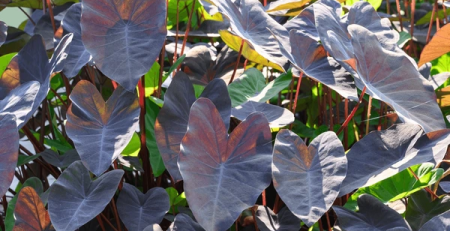
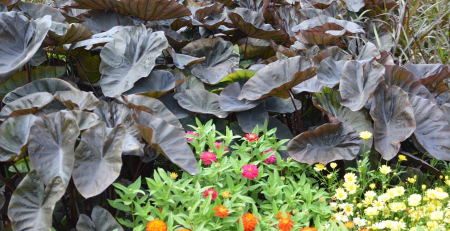

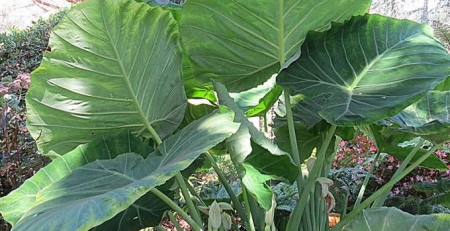
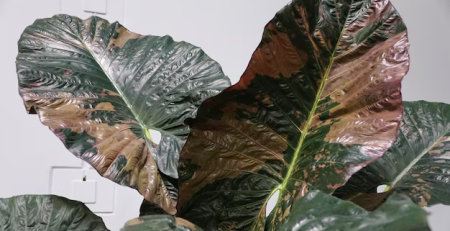
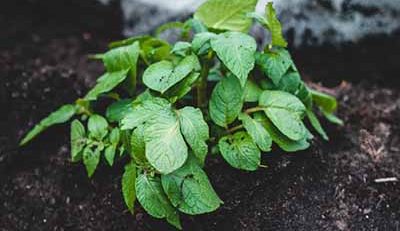
Leave a Reply